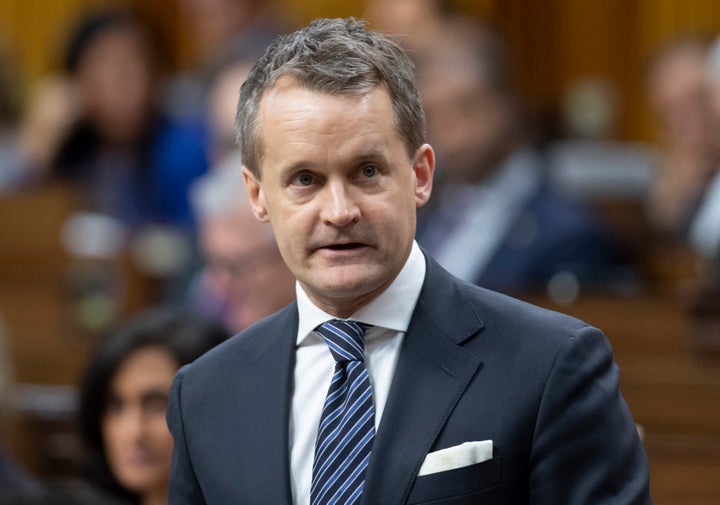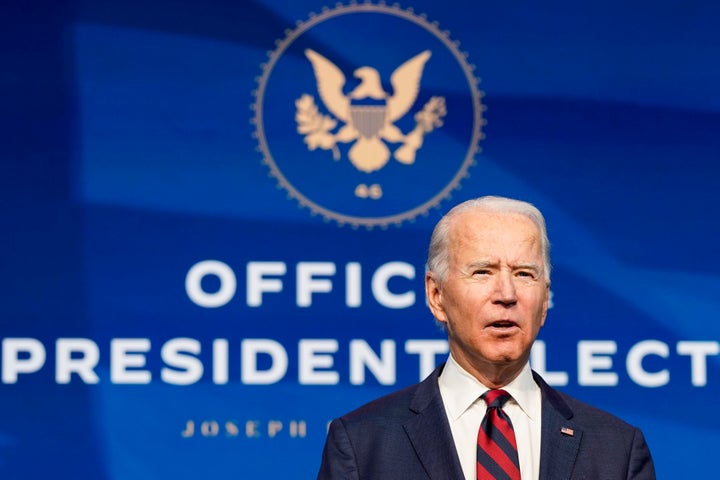Canadians were bombarded with news in the final months of 2020, from the U.S. presidential election to skyrocketing COVID-19 case numbers and the first vaccine shipments.
In between each of these historic events, steps were also taken to address the other crisis of our lifetime: climate change.
As Canada begins a year that the United Nations has said is pivotal to addressing the climate crisis, government officials and voters at home and abroad are working to reduce greenhouse gas emissions and stop global warming.
Here are three files that demonstrate where change is possible in 2021.
Blue vs. green hydrogen
The federal government is betting on hydrogen as a fuel of the future — a low carbon alternative to oil and gas that could one day heat our homes, power electric vehicles, buses and transport trucks, and make industrial processes cleaner, such as steel manufacturing and mining.

Countries looking to cut emissions — Spain, Saudi Arabia and Japan, for example — are already building up their hydrogen infrastructure in what Forbes dubbed the “green hydrogen revolution.” The light, energy-dense fuel is attractive because it doesn’t directly emit greenhouse gases.
Canada’s first hydrogen strategy came in mid-December. Natural Resources Minister Seamus O’Regan framed it as a way to spur investment and position Canada as a world leader in hydrogen production in the coming decades. At a news conference Dec. 16, he painted a rosy picture:
“As our strategy makes clear, hydrogen could transform almost every part of our economy, seizing economic and environmental opportunities that exist from coast to coast to coast, expanding our exports, creating as many as 350,000 good jobs over the next three decades, all while dramatically reducing emissions, and putting net-zero (emissions) within our reach.”

The federal government has not revealed how much money it plans to spend to grow the sector, instead pointing to future tax credits, subsidies and attracting private investment.
While the strategy supports the development of “green hydrogen,” derived from renewable power and water, it also relies heavily on “blue hydrogen.”
Blue hydrogen is derived from natural gas, which is a fossil fuel. Creating blue hydrogen therefore emits carbon that will be trapped by carbon capture and storage (CCS) technologies, said O’Regan.
Environmental groups are critical, saying the federal government is missing an opportunity to make hydrogen production as clean as possible.
CCS is largely unproven, expensive and perpetuating a false narrative that Canada can maintain a thriving fossil fuel industry while significantly reducing emissions, Environmental Defence’s Julia Levin said.
“This strategy will lock Canada into a future of fossil fuel use,” she said.
The fossil fuel industry in Alberta and Saskatchewan is well positioned to start blue hydrogen production and receive financial benefits for doing so — “a lifeline to an industry we know must be wound down,” said David Suzuki Foundation’s Tom Green in a statement.
“Even with carbon capture, hydrogen from fossil sources implies emissions and it diverts needed investments from real solutions.”
O’Regan said the government will not “discriminate” against any particular industry. While Alberta and Saskatchewan have the resources to produce blue hydrogen, Ontario can produce green hydrogen from nuclear power, and Quebec from hydroelectricity.
“I’m not going to choose amongst my children,” O’Regan said. “What matters here is lowering emissions.”
Climate action in the courts
Seven young climate change activists hope to make their case against Ontario Premier Doug Ford’s government in 2021.
They launched their lawsuit in the fall of 2019, challenging the province’s cancelling of the cap-and-trade agreement and alleging it has set inadequate greenhouse gas emission targets to stop global warming. These failings, the applicants argue, will exacerbate the climate crisis and violate their Charter-protected rights to life, liberty and security of the person.
In response, the province filed a motion to strike the lawsuit before it could be heard. But this past November, in a landmark decision, the Ontario Superior Court of Justice ruled in favour of the applicants. That means the lawsuit will proceed to a full hearing likely sometime in 2021.
“For the first time ever, a Canadian court ruled that citizens have the ability to challenge their government’s actions on climate change under the highest law of the land — the Charter of Rights and Freedoms,” said Ecojustice Canada lawyer Fraser Thomson, who is representing the applicants.
Thomson said he will help the applicants present a “full factual record” to demonstrate the “undisputed science of climate change” and the requirement to act with far greater urgency than the status quo.
The province has filed a motion for permission to appeal the court’s decision. The Court of Appeal now has to decide if it will reject the motion or allow the province to appeal. If the province’s motion is dismissed or it loses its appeal, the lawsuit will move forward to a hearing and then judgement, said Thomson.
In the meantime, the applicants are getting ready to file their evidence in the coming months in preparation for their day in court.
Watch: Environment minister says he’s confident the Supreme Court will uphold the carbon tax. Story continues below.
Another decisive ruling to watch for: the Supreme Court’s decision on the federal carbon tax. The separate legal challenges filed by Alberta, Saskatchewan and Ontario wound their way to Canada’s top court last year, where they were heard in the fall.
The provinces argue the law is outside federal jurisdiction. The federal government argues a carbon pricing system is in the national interest to reduce pollution and emissions.
The Supreme Court is likely to hand down its ruling in 2021.
Welcome, President Biden
U.S. President-elect Joe Biden will be sworn in on Jan. 20, 2021, triggering what is expected to be significantly more bold climate action south of the border than seen in the last administration.

Biden has named climate change a top priority and committed to rejoining the Paris Agreement. And unlike U.S. President Donald Trump, he acknowledges global warming as “an existential threat to humanity.”
“His platform was a very bold and ambitious one with respect to climate change and I think that is very positive for Canada,” Environment Minister Jonathan Wilkinson said in an interview last month.
“There are all kinds of things that we can do together.”
Wilkinson said the two countries could build a zero-emissions transportation network running on both sides of the border, for example. He has also suggested a North American ban on the sale of new gasoline-powered passenger vehicles.
If the U.S. does move more aggressively toward low-carbon fuel, it will be an opportunity for Canada to grow its clean energy and tech sectors.
“Canada needs to make sure it is not just following in the path of the Americans and we are actually playing a leadership role.”
- Jonathan Wilkinson, Environment Minister
“It tilts the scales toward renewable energy and decarbonization in the United States in a way that no potential president has ever attempted to put his or her thumb on the scale,” Gerald Butts, vice-chairman at the political consultancy Eurasia Group, told The Canadian Press in October. Butts was the principal secretary to Prime Minister Justin Trudeau.
“We’ve got a lot of hydro power, we’ve got a lot of nuclear power, we’ve got a lot of low- to zero-emissions electricity here. And that’s a real opportunity.”
Wilkinson said he envisions Canada as a global leader in these sectors, with or without help from the U.S.
“Canada needs to make sure it is not just following in the path of the Americans and we are actually playing a leadership role,” he said.